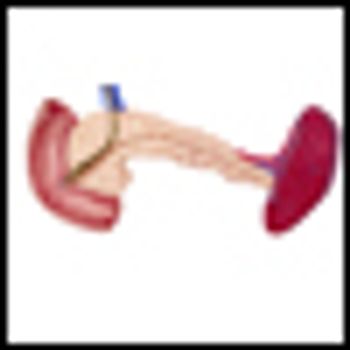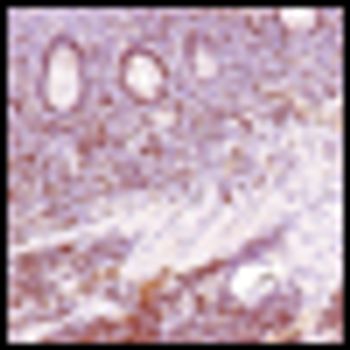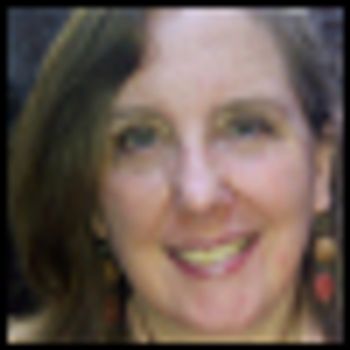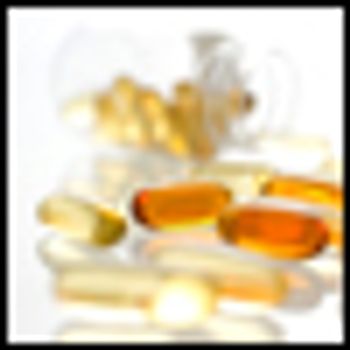
I have come to the conclusion that a successful systematic approach to earlier transitions from disease-directed cancer therapy to end-of-life and palliative care can only come from better communication in the context of more trusting relationships.

Your AI-Trained Oncology Knowledge Connection!


I have come to the conclusion that a successful systematic approach to earlier transitions from disease-directed cancer therapy to end-of-life and palliative care can only come from better communication in the context of more trusting relationships.

The advice offered in this ethical consultation feature is based solely on the information supplied by readers, and is offered without benefit of a detailed patient history or physical or laboratory findings. The information is offered as a discussion of ethical issues and is not intended to be medical or legal advice and, therefore, should not be considered complete or used in place of a formal ethics consultation or in place of seeking advice from your ethics committee, legal counsel, or other available resources. One should never disregard or change medical advice or delay in providing it because of something that appears here. The opinions expressed here are only those of the author and do not reflect the viewpoint of ONCOLOGY.

Would it not be advantageous for people fighting what I call the “vile coward” to take a break from its ugly face? With nothing but the best intentions in mind, I hereby proclaim that all patients have permission to take a vacation from cancer, to schedule a time where cancer is not allowed in the door.

Clinical hypnosis has been defined as a mind-body therapy that involves a deeply relaxed state, individualized mental imagery, and therapeutic suggestion.

A new study provides evidence that individuals whose pancreas was exposed to radiation during treatment of their childhood cancer have a higher risk of developing diabetes.


The cost of cancer treatment has at least doubled since 1987 and there does not appear to be any hint that cancer care costs will decline. In this podcast we discuss the reasons for the increase in costs, as well as the ethics of cancer care cost containment.

Chemotherapy regimens that 10 years ago cost $30,000 have now increased ten-fold. Could a new research facility help make cancer care affordable again?

Let’s be clear. Loving support is an important component of compassionate care. Promising miracles is not.

If doctors were trained in communication skills, then quackery would diminish greatly. When you are told what day you are going to die and all hope is taken away, why not seek alternative therapies?

As they say, “absence of evidence is not evidence of absence.” Many alternative therapies, once believed by conventional medical practitioners to be merely placebos, have now been shown to have proven therapeutic value (eg, acupuncture, numerous botanical extracts, meditation).

As we look forward, we suggest that the priority should be to further our understanding of the tumor’s interactions with its microenvironment and with the immune system. We think that such an understanding will be critical for advances in locally advanced rectal cancer therapy.

This review provides a brief recap of the history of medical quackery and an overview of the various types of unproven or disproved cancer therapies popular now in the United States and elsewhere.

We discuss the current controversies in prostate cancer-PSA screening and approaches to initial treatment for men diagnosed with the disease.

A new study finds that adding rituximab maintenance to R-CHOP induction is an effective treatment for older patients with mantle-cell lymphoma.

Cross-cultural miscommunication has undermined this immigrant's trust in his physician. How do you respond to his demand that alternative therapies be discussed?

What is the most ethical way to make difficult treatment decisions for a patient with dementia who has no living relatives and no advance directives?

A patient on opiate therapy insists on working against her physician’s recommendations. She works as a nurse. Should the doctor inform her employer?

According to a study in the journal Cancer, without the use of PSA screening the number of men presenting with cases of metastatic prostate cancer would be three times greater than the actual number observed today.

Ethics and Oncology is a new blog for CancerNetwork written by Paul R. Helft, MD, director at the Fairbanks Center for Medical Ethics and associate professor of medicine at Indiana University School of Medicine.

Research report from May 2012 ONS Congress interview and poster discussion with Deborah Allen, from Duke University.

A new study suggests suppression of breast cancer metastasis relies on an antitumor immune response. Researchers found that administering interferon can reduce bone metastases and increase the survival time of a metastatic breast cancer mouse model.

We’re now entering the fourth decade of HIV/AIDS awareness. Last year marked the 30th anniversary of the earliest report (on June 5, 1981) of what is now known as AIDS (acquired immune deficiency syndrome).

With National HIV Testing Day recently behind us and the 19th International AIDS conference happening later in July in Washington, DC, I would like to share some recent HIV/AIDS statistical, research, and policy highlights.

The FDA approved the mTOR inhibitor everolimus (Afinitor) last week for use in postmenopausal women with HER2-negative, hormone-receptor-positive advanced breast cancer patients.

A new target of melanoma tumors has been identified that may be promising as part of a novel combination therapy for melanoma. In a study published in Nature Medicine, researchers have identified that more than half of melanoma cases, both early and late-stage, may have higher levels of MDM4, a p53-interacting protein.

CancerNetwork speaks with two practicing oncologists about how the recent Supreme Court decision to uphold the Affordable Care Act will affect oncology practices and patients.

A new study finds higher levels of vitamin E consumption could stave off liver cancer. The association held up for those who had a family history of liver disease and those who self-reported liver disease.

ICD-10 is a massive undertaking that expands our current 13,000 codes to 68,000 codes. It will impact nearly all business processes in a physician's practice: verification of eligibility, pre-authorization, clinical documentation, research activities, public health reporting, quality reporting, and claim submission.

How should oncologists advise patients about the best surgical approach to use to treat their prostate cancer? Quite simply, it is the surgeon, not the approach. The self-fulfilling prophecy about surgery is that the best surgeons tend to do the most surgeries, so an easy metric is volume.